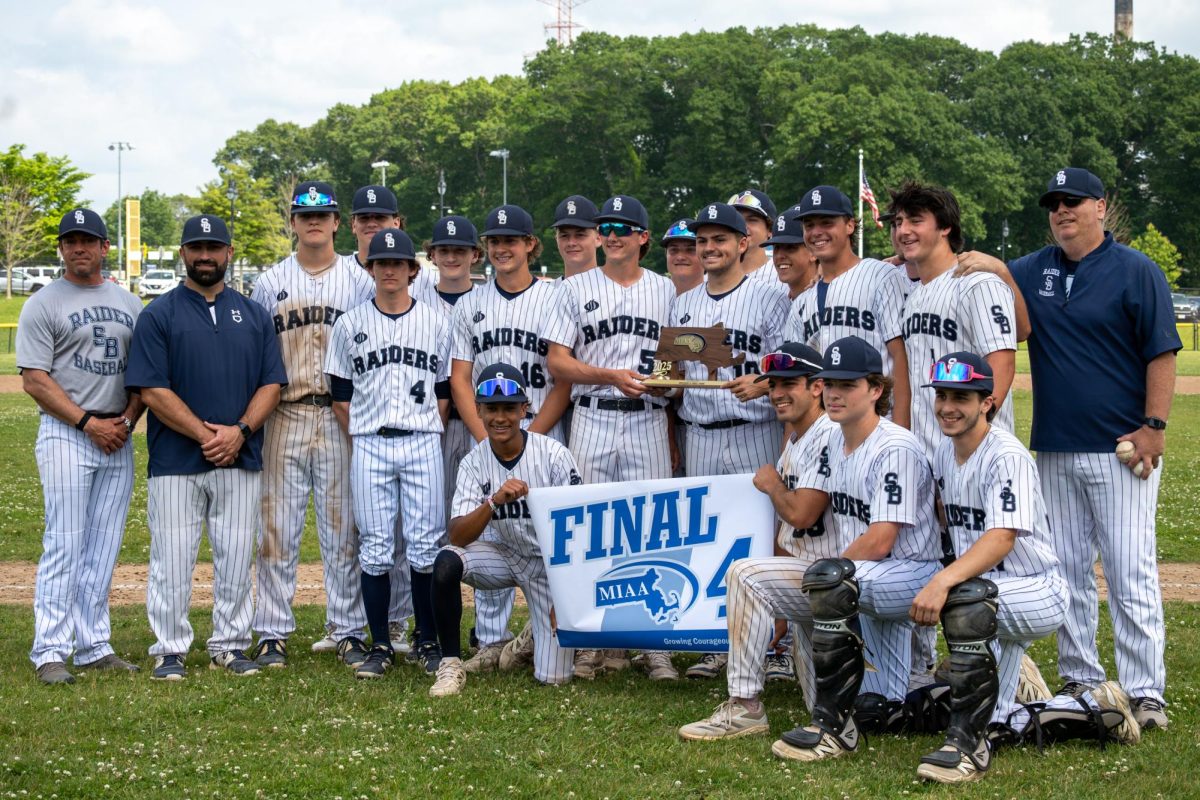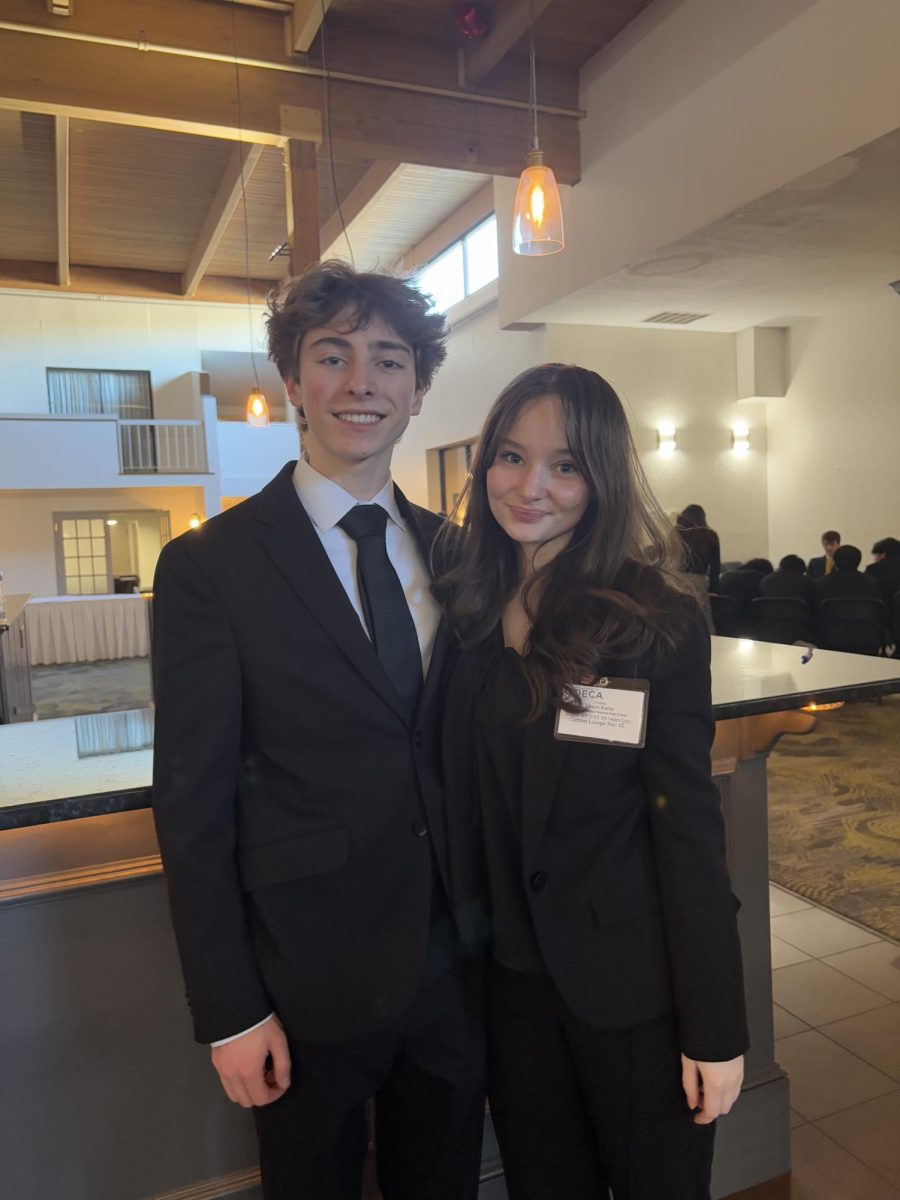Photo Credits: Mr. Talbot, Ms. Burgmyer, & Mr. Gleason
If you’ve been at SBRHS, you might’ve heard of our trips to different foreign regions, such as the Galápagos Islands, Spain, Portugal, and Costa Rica. During these trips, students were able to explore the cultures around them and venture into the different exciting areas while being provided with educational learning opportunities. These trips, which have been a source of immense enjoyment to many students, took careful consideration and planning to be initiated. Señora Camara-Araujo, a Spanish teacher and the World Language Club advisor, explains the complexities of planning these trips for our students.
Like you may have known, traveling experiences weren’t always an opportunity at SBRHS. Back in 2007, Señora Camara-Araujo and Mrs. Pereira started hosting trips but had to put the program on hold due to events occurring around the world at the time. However, she expressed that she “wanted to bring the program back” and was later approached by Mr. Talbot in 2018. During this time, she was asked if she wanted to co-host interdisciplinary trips with him—trips that revolved around world languages and sciences. As mentioned by Señora Camara-Araujo, they brought back the trips because they “wanted to come up with a trip that would be an educational trip”: a trip that would “bring the languages that we were teaching the kids and sciences together.”
After their first trip, which was a success, they decided to “branch out a little” to focus on other students’ interests for each of the trips they did. Rather than putting emphasis on only languages and sciences, they explored different topics and found learning opportunities within every location they visited. This could be seen during educational trips such as the Galápagos trip (which included science but also involved culture), last year’s Spain & Portugal trip (which involved culture, history, literature, and art themes), along with this year’s trip to Costa Rica which was an “experiential trip”.
However, planning and hosting international trips involved a long process of steps. Señora Camara-Araujo mentioned that some of the things they did included contacting different companies, going in front of the school committee, presenting about the safety of the counties, and coming up with the coursework. There were many steps that had to be taken in order to make each traveling opportunity possible, and to ensure that they were educational and safe.
However, these traveling experiences have allowed students to explore different countries, learn more about the different cultures surrounding them, and gain a better understanding of the world around them. After the trips to Spain, Portugal, and Costa Rica, Señora mentions that they plan to continue hosting trips. Next year, for example, students will have the opportunity to travel to Italy, and then to Paris, Switzerland, and Munich in the following year. These trips are going to include “more history, architecture, and culture” rather than just languages and sciences. Additionally, Señora mentions that they would like to repeat some of the trips and “find a rotation from past and upcoming trips that will interest all students”. Therefore, allowing them to “switch off” where “one year will be more like a historical tour, whereas the next would be more of a hands-on trip.”
Overall, the steps to plan each trip were very difficult and going on the trips itself has presented different scenarios to worry about while in a foreign country. Each trip, although requiring “the same process for planning in terms of determining costs, preparing the kids for navigating airports, safety, and culture”, are all “unique in planning for the different activities, topics, and procedures related to that country.” Despite the long process, Señora mentions that she enjoys hosting the trips as it has allowed her to “[see] the kids become independent, [see] the kids just adapt to the cultures, and just [see] the kids and [hear them] speak the languages” as they pursue these new experiences.








